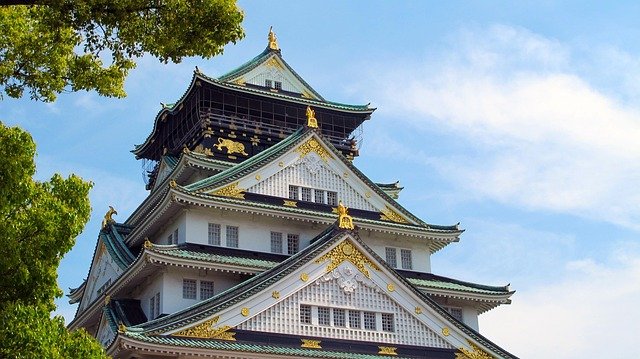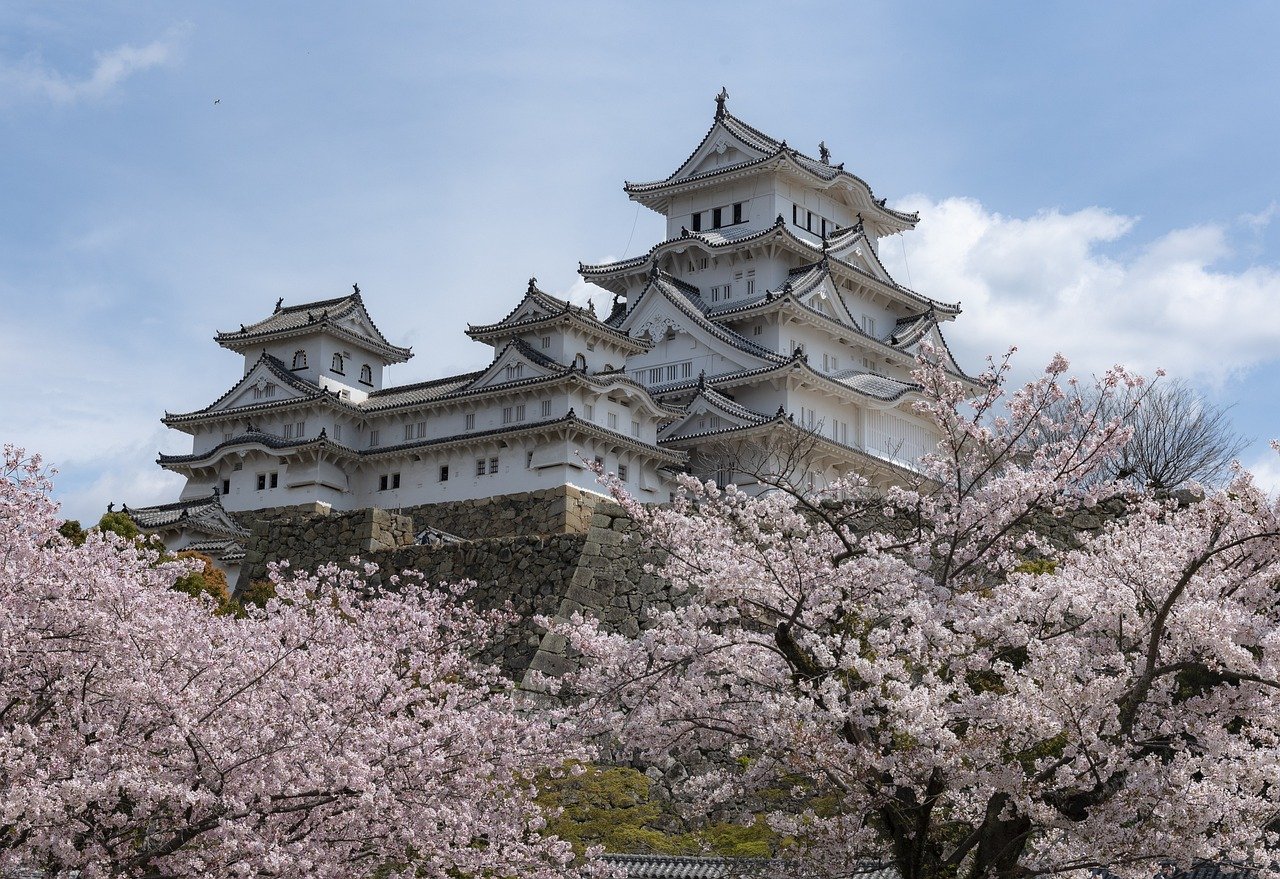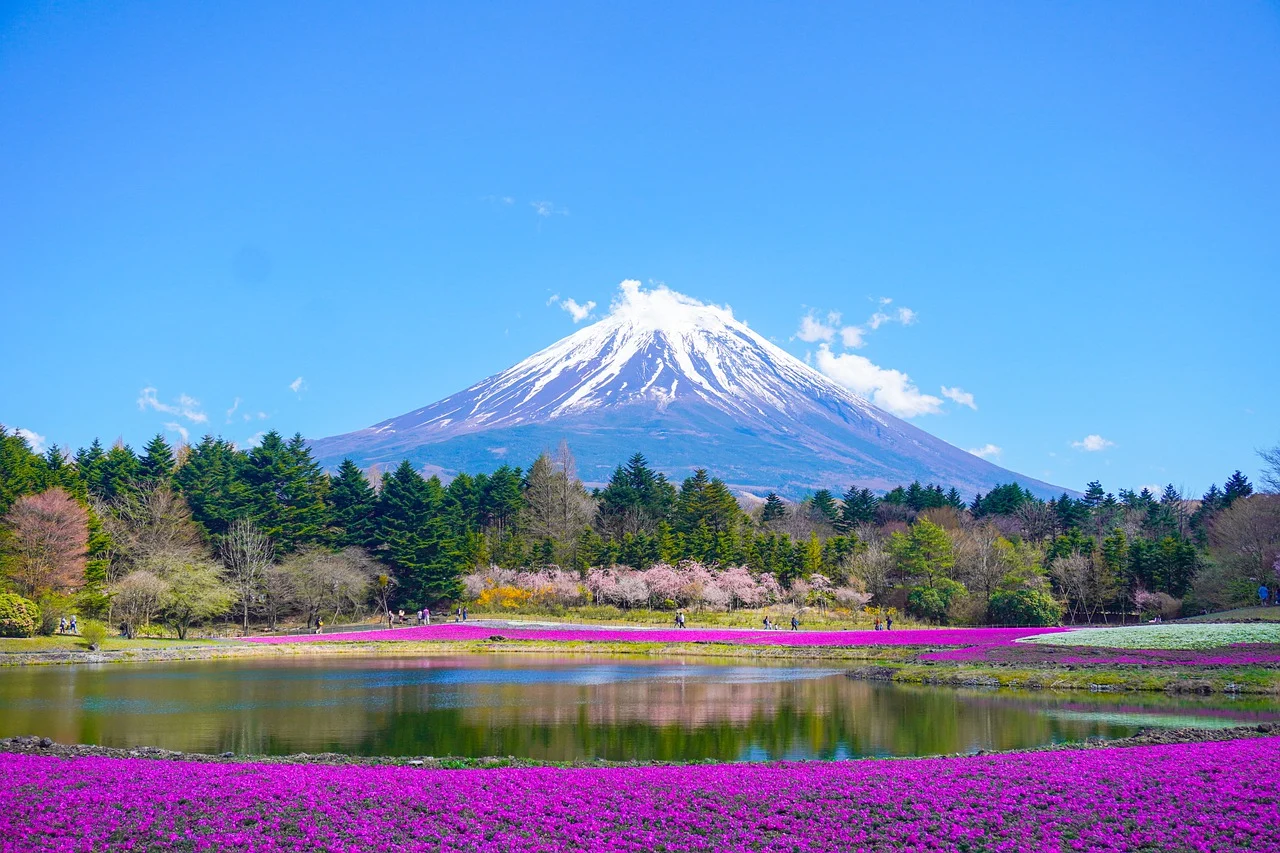Explore Japan’s rich cultural heritage with this guide to the top 10 UNESCO World Heritage sites. Discover the must-visit locations, from ancient temples to breathtaking natural wonders.
Introduction:
Japan is a country of contrasts, where modern technology coexists with ancient traditions. While bustling cities and futuristic architecture define much of its landscape, there’s another side to Japan that reflects centuries of history, culture, and natural beauty. Japan’s UNESCO World Heritage sites offer a glimpse into this rich past, showcasing not only the country’s historical landmarks but also its unique natural wonders. In this blog, we’ll explore the top 10 UNESCO World Heritage sites in Japan that you absolutely must visit, whether you’re a history enthusiast, nature lover, or simply looking to immerse yourself in the beauty and culture of Japan.

1. Historic Monuments of Ancient Kyoto
Kyoto, once the capital of Japan for over a thousand years, is home to a stunning collection of cultural and architectural treasures. The UNESCO-listed Historic Monuments of Ancient Kyoto include 17 sites, such as temples, shrines, and gardens, spread throughout the city. Key highlights include Kinkaku-ji (the Golden Pavilion), Kiyomizu-dera, and the serene Ryoan-ji Zen garden. These iconic sites offer visitors a peek into Japan’s spiritual and aesthetic traditions, making Kyoto a must-see destination for anyone traveling through Japan.
2. Himeji Castle
Often regarded as the finest example of Japanese castle architecture, Himeji Castle is a UNESCO World Heritage site that showcases Japan’s military history. Located in the Hyogo Prefecture, this white-feathered fortress is often referred to as the “White Heron Castle” due to its elegant design and white exterior. The castle, which has been meticulously preserved, provides a glimpse into feudal Japan, with its intricate defensive systems and panoramic views of the surrounding area. A visit to Himeji Castle is a journey back in time, allowing you to explore the rich legacy of samurai culture.

3. The Sacred Shrines and Temples of Nara
Nara, Japan’s first permanent capital, is home to several UNESCO World Heritage sites that reflect its spiritual and historical significance. Among the most notable are the Todai-ji Temple, housing the Great Buddha (Daibutsu), and Kasuga Taisha Shrine, known for its countless stone lanterns. Nara Park, where wild deer roam freely, adds to the serene atmosphere, making it a perfect place to experience Japan’s ancient religious traditions. These sacred sites, with their rich history and peaceful settings, are a testament to Nara’s cultural importance.
4. Shirakami-Sanchi
For nature enthusiasts, Shirakami-Sanchi offers a breathtaking experience. This vast mountainous region, located in the Tohoku region of Japan, is recognized for its pristine beech forests, which remain virtually untouched by human activity. A UNESCO World Heritage site since 1993, Shirakami-Sanchi is home to diverse wildlife and offers hikers and nature lovers the chance to explore one of Japan’s most beautiful and untouched natural environments. The site’s preservation of ancient beech forests makes it a critical part of Japan’s natural heritage.
5. Mount Fuji
No list of UNESCO World Heritage sites in Japan would be complete without mentioning Mount Fuji, Japan’s highest and most iconic mountain. As a symbol of Japan’s natural beauty and spirituality, Mount Fuji has been a source of inspiration for centuries, with countless artists and poets drawing upon its majestic presence. In 2013, Mount Fuji was recognized as a World Heritage site for its cultural significance, particularly its role in Shinto and Buddhist practices. Climbing the mountain or simply admiring its beauty from the surrounding areas is a must for any visitor to Japan.

Conclusion:
Japan’s UNESCO World Heritage sites are a testament to the country’s cultural richness and natural beauty. From ancient temples and castles to stunning natural landscapes, these sites offer a window into Japan’s past and present. Whether you’re exploring the temples of Kyoto, hiking through the forests of Yakushima, or marveling at the iconic beauty of Mount Fuji, each site has its own unique story to tell. A visit to these remarkable places is an essential part of any journey through Japan, providing a deeper understanding of the country’s heritage and the enduring connection between culture, nature, and history.












